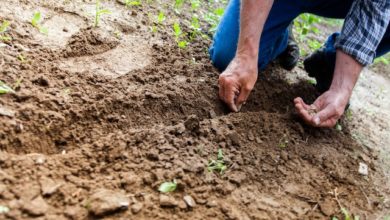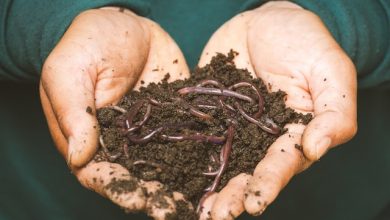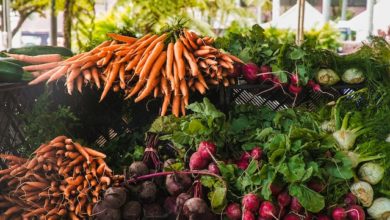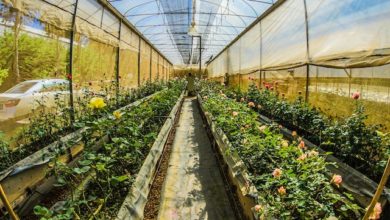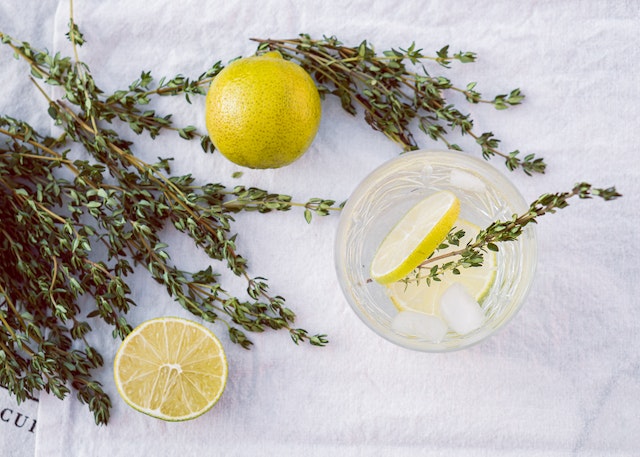
How to Grow Your Own Medicinal Herb Garden
Many of us have a few culinary herbs in our gardens, but would you like to learn how to produce 18 really practical herbs in a little area and how to use them for your health, beauty, and well-being?
Then, in the 1600s, an explosion of exploration from Western Europe led to the collection and cultivation of unusual and rare plants in “Physic Gardens,” which were sizable gardens utilized by apothecaries and botanists.
Some of our most popular pharmaceutical drugs today were created from such collections of medicinal plants; quinine from the South American plant Chinchona is an example of a rare species that was introduced during the Physic Gardens era and later transformed into a drug.
Our relationship with medicinal plants and making medicines as gardeners and farmers have always been strong and should be once more. Many herbalists had a keen interest in gardening and botany, and many of them would have been active in the cultivation of medicines up to the early 20th century. 5o What can we do to begin to re-root that connection? A terrific way to get involved and widen your horticultural horizons is to plant your herb bed or garden.
Grow Medicinal, Culinary and Cosmetic Herbs in a Small Space
A 3 × 3-yard herb bed will be sufficient to provide you with a complete herb bed for family use when it comes to growing your herbs. With this area, you can grow up to 20 different types of medicinal, culinary, and cosmetic herbs, the majority of which are also attractive and will greatly brighten your garden.
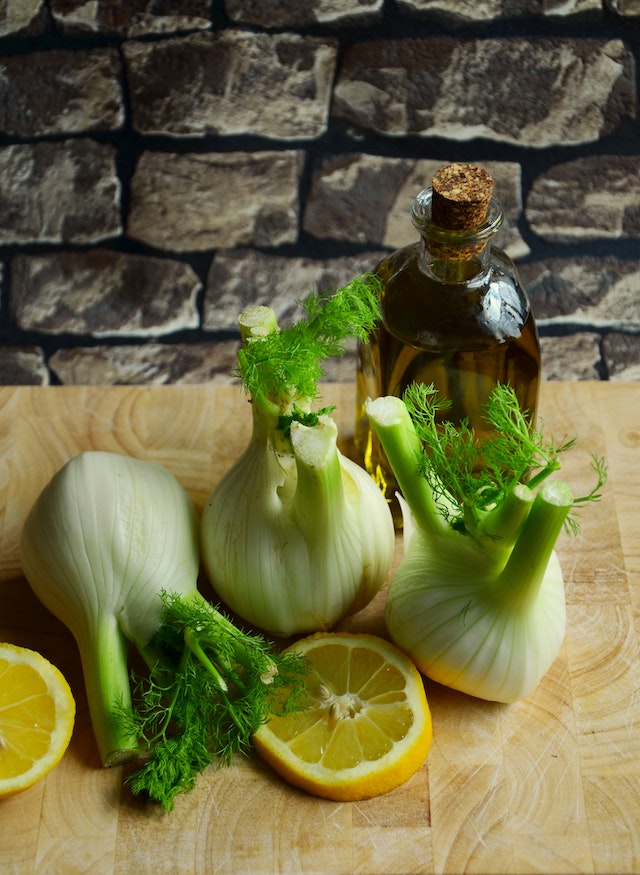
Additionally, they will give your garden more character (herbs are always a good conversation starter!), provide a consistent supply of cut flowers for your home, draw bees and other helpful pollinators, and protect the medicinal (or officinal’) strains of some more widely hybridized plants, like roses.
Of course, if you have a smaller garden or allotment, you might not have 3 x 3 yards of additional space. That’s okay; read this article to get a sense of the types of plants you might want to grow, then pick the ones your space will allow and plant them anyhow.
Why not have a communal herb bed or share some of your herbs with others if you have an allotment? You could also share this post with other allotment owners.
A straightforward design for a garden that provides a well-balanced mix of herbs and medicinal plants for use by the family will fit inside a 3 x 3-yard square space.
I advise creating a mound of soil with gradually sloping sides to create a 3D effect, or placing a huge pot in the center of the bed, surrounded by smaller pots, and ending with soil at the bed’s corners. The amount of light and space is maximized in this way.
Top 18 Medicinal Herbs
- Purple Sage
- Lemon Balm
- Motherwort
- Peppermint
- Thyme
- Rosemary
- Fennel
- Damask Rose
- English Lavender
- Feverfew
- Holy Basil
- Spilanthes
- St. John’s Wort
- Passionflower
- Pot Marigolds
- Yarrow
- Echinacea
- Heartsease
Damask Rose
A Damask Rose serves as the focal point of this bed. One of the three medical roses most frequently used, it has exquisite pink-red petals and, more importantly, a delightful aromatic perfume.
While there is numerous Damask rose varieties and we have likely lost track of the original hybrid, the Kazanlak variety, which is widely cultivated in Bulgaria, also known as “the rose capital of Europe,” is used to make the majority of medications and perfumes. This specific type looks beautiful in the garden and when used in crafts, flower arrangements, and other projects while being quite robust and vigorous. Numerous medical applications are also possible for it.
Holy Basil, Tulsi
(Ocimum tenuiflorum syn. 0. sanctum, Lamiaceae)
This near relative of common basil is native to India, Sri Lanka, and Malaysia and has recently become more well-known as a pleasant herbal tea. Due to its potent aroma and antimicrobial properties, holy basil is used to make a tea that is believed to treat a variety of ailments, including migraines, arthritis, diabetes, stress, and anxiety, as well as colds, coughs, asthma, bronchitis, and sinusitis. Its v-effect promotes a positive attitude and aids in maintaining focus and mental clarity. Fresh leaves are used in cooking as a stronger substitute for basil and can be added to salads. Holy basil pesto is wonderful.
Rosemary
Rosemary is where we will begin. Many people are likely already aware of this herb used in cooking, but did you know that in addition to significantly enhancing the flavor of meat and stews, rosemary also soothes the digestive system and increases blood flow to the brain? As a result of all the herbal students consuming liter bottles of the beverage while I was an undergraduate, I recall the exam room smelling like rosemary tea.
Fennel
The best herb for a digestif is fennel. It eliminates flatulence, eases complaints, relaxes people who have excessive stomach acid, and also aids those who suffer from stomach troubles as a result of stress. Fennel seeds are also breath freshener when chewed.
Motherwort
(Leonurus cardiaca, Lamiaceae)
Motherwort is a very adaptable medicinal plant and one of the simplest herbs to grow. One of my preferred methods of treating stress and anxiety is this. Pain from headaches, menstrual cramps, and muscle strains and aches can be relieved by taking it as a tincture or a tea. I should note that motherwort is rather bitter, therefore I frequently advise using a tincture rather than tea when using it.
It helps many menopausal women by reducing hot flashes and irritation brought on by hormonal changes. In order to make contractions stronger during childbirth, motherwort is also employed. Motherwort also helps parents be more patient, living up to its name in full. Motherwort is a popular remedy for parents who experience irritability due to lack of sleep, excessive housework, or laundry.
You might want to put motherwort where it can flourish without trampling on anyone’s toes because it will self-sow energetically and can be fairly weedy in many regions.
Asking a nearby herbalist if they have any extra motherwort plants may be a good idea as it is easily transplanted. The plant is spiky, so use caution when harvesting the leaves and flowers when they are at their peak of bloom.
Feverfew
(Tanacetum Parthenium) Feverfew
Many gardeners are accustomed to seeing feverfew because it frequently grows as a weed. But because it is a great migraine cure, it should be promoted. The prevention of migraines is beneficial over time.
English Lavender
Lavender is a plant that is excellent for promoting rest or sleep. The flowers have a strong perfume and can be utilized in a variety of ways, from lavender sugar, which adds a faintly fragrant aroma, to tea produced from dried flowers that is rather bitter and stimulating to the digestive system.
But lavender’s sedative properties are what make it so popular. Before bed, there is nothing more tranquil and comforting than a modest bouquet draped in the shower or beneath the hot water faucet of the bath.
Passionflower
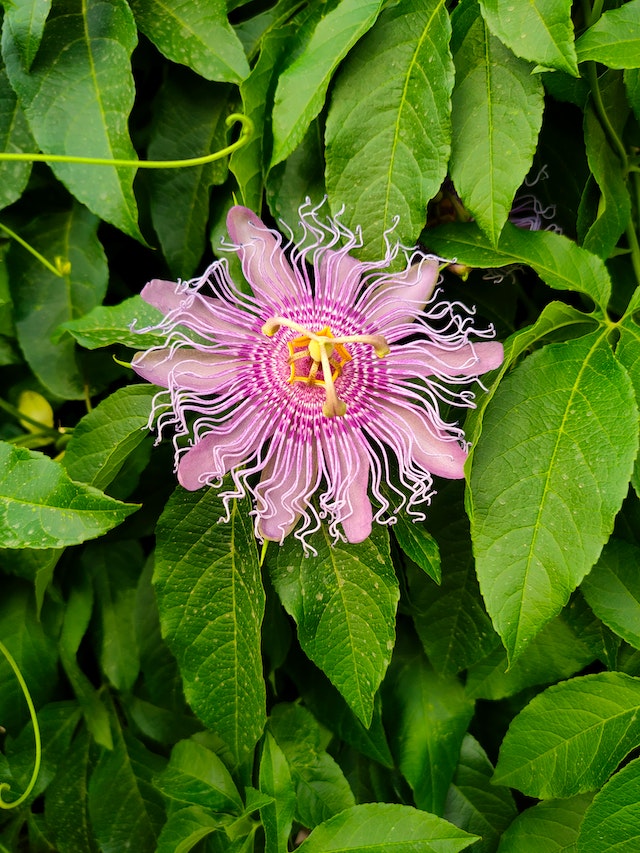
(Passiflora incarnate, Passifloraceae)
The southeastern United States is home to the native vine known as passionflower, which has stunning blossoms and unique foliage. In much of its range, it is weedy, but it is also rather simple to grow abroad, particularly if given a wall or trellis to climb. The nervine sedative properties of the leaves and blossoms are used to promote sleep and ease discomfort, including headaches and menstrual cramps.
Be patient; germination of passionflower seeds can often take months and may not occur all at once. Germination will be improved by using bottom heat, growing plants in a warm greenhouse, or planting seeds in the late spring.
Peppermint
The outside of the bed will then be surrounded by herb plants. Another well-known culinary herb is peppermint. The herb goes well with recipes that contain meat. It is one of the main components of “winter illnesses” tea, along with Yarrow and Elderflower.
Thyme
Thyme is a little plant that may be “popped in” to the corners of your herb bed or where there is a gap between larger plants, but it does prefer good exposure to sunlight, so avoid overshading it.
Like many culinary herbs, thyme is a digestive aid, which is why it is used in cooking. Being extremely antibacterial and antifungal, it is much more than that. Thyme infusions can be used as a wash for minor fungal skin infections, as well as a disinfectant for cuts.
Spilanthes, Toothache plant
(Acmella oleracea, Asteraceae)
One seed firm advertised this plant as an “eyeball plant” because of its beautiful golden blossoms with red centers. Spilanthes is a visually and gustatorily intriguing herb! It is one of the most potent sialagogues (saliva-promoters) I’ve ever encountered; even a tiny nibble of one of the blossoms will cause your mouth to water. Many tooth and gum solutions use the tingly numbing sensation, which is antibacterial, stimulating, and functions as an oral anodyne to provide relief from toothaches.
Sage
Both gastronomically and medicinally, Sage is a natural partner for thyme. Though extending and enhancing Thyme’s qualities, Sage shares many of the same characteristics. By relaxing muscle tissue, it has antispasmodic properties.
Sage is a common herb used by herbalists to treat asthma and panic episodes. Due to its bitterness, it also serves as a liver tonic. Both catarrh and nocturnal sweating are lessened with sage.
Lemon Balm or Melissa
The ideal way to consume Melissa or Lemon Balm is as a tea made from its fresh leaves. It is calming to the mood and emotions, soothing without being excessively drowsy, and relaxing. It has a beautiful scent and can be added to “herb pillows” to promote sleep.
St John’s Wort
The herb St. John’s Wort has drawn a lot of attention as an antidepressant, but it is also extremely effective as an antiviral and a wound healer. Olive oil is infused with fresh flowers on a windowsill in the sun, creating a gorgeous, deep crimson oil that may be used to treat cuts and burns.
Pot Marigolds
Marigolds in a pot are excellent for cleaning the skin. The flower heads can be used to make a face wash by steeping them in tea and using the resulting solution to cleanse your face. Mucus membranes are also soothed and toned by them. Using the brewing liquid as a rinse for ulcers, for instance, is an illustration of this.
Yarrow
Yarrow is a “weed” that prefers grasslands. It will thrive in a bed, and if you don’t like the white blooms of the local variety, the American yarrow (they are both Achilles millefolium) has pinkish-red blossoms and functions medicinally in the same way as its European relative.
Along with peppermint and elderflower, which may be combined in equal quantities to make a wonderful “winter illnesses” tea, yarrow is a fantastic winter herb.
Echinacea or Purple Coneflower
(Echinacea purpurea)
A well-known herbal remedy, echinacea has gained a lot of popularity as an immune booster. It has a fairly pretty pinkish-purple blossom that resembles a daisy and would go nicely with any herb area or cottage garden. The plant’s therapeutic properties are present throughout.
Heartsease
Heartsease is our last stop. This is a different “skin herb” that is frequently used in conjunction with marigolds to treat eczema because it clears the skin and has a modest anti-allergenic effect. In rheumatic situations, it is also employed.
If there is one thing this post hopes to accomplish, it is to stir your appetite to try growing some herbs and to educate you on their uses. It’s still preferable to have some herbs even if you can only cultivate one or two in your garden or allotment.
Additionally, keep an eye out for medicinal plants in your yard, the hedgerow, the verge, or the gutters. Basically, everywhere! You’d be surprised at how many therapeutic plants are already present in your area, many of which you might consider weeds. Once a passion for herbs and medicinal plants develops, it might be difficult to resist gawking enthusiastically at weeds.
Of all, this is only a very small beginning; the rest is up to you. Create your own “family medicine chest” using your newly acquired knowledge and interest by planting a herb garden, reading up on the many uses herbs will have in your life, and becoming inspired to use your herbs.
